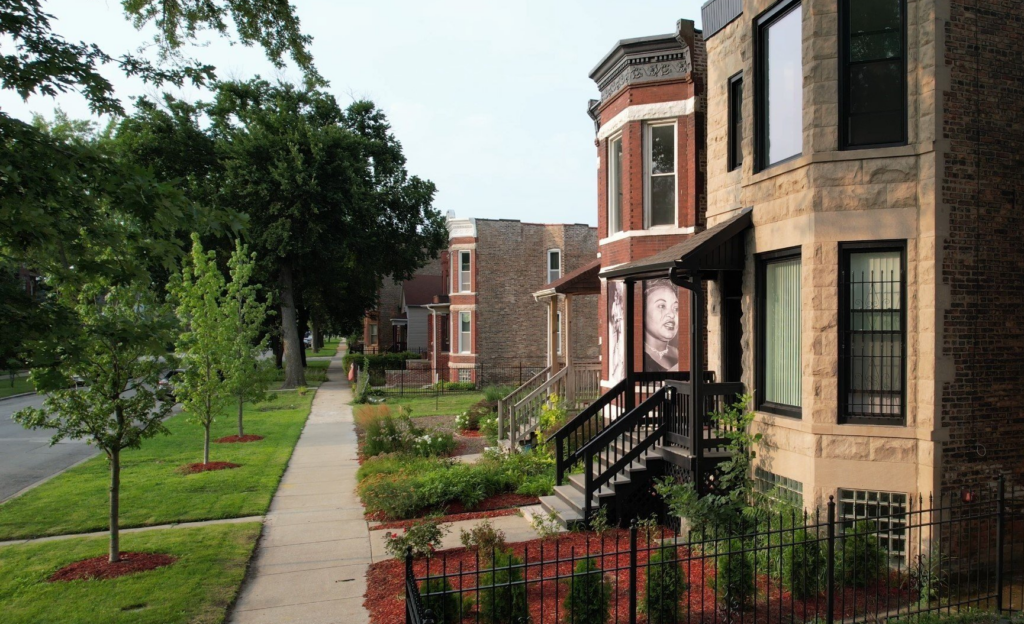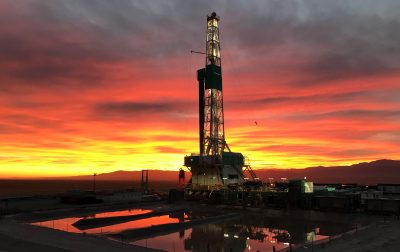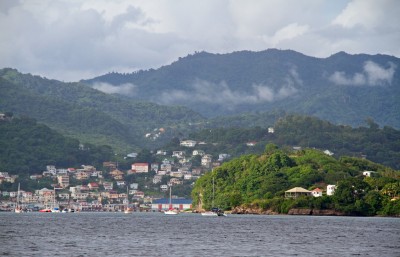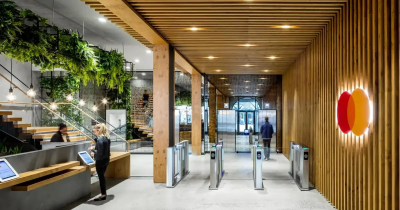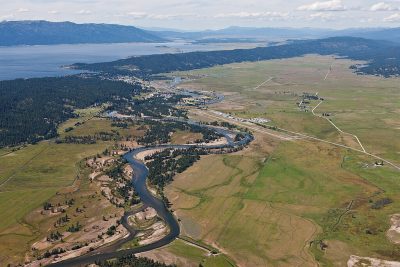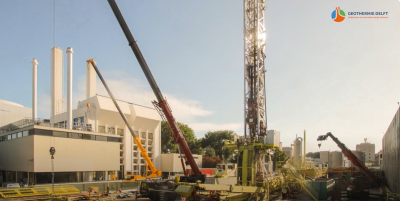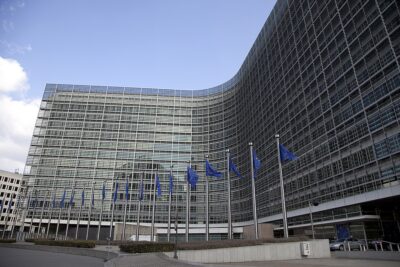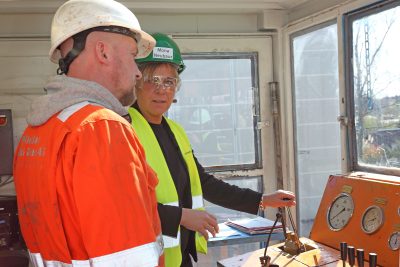Local community group in South Side, Chicago advocates for geothermal
Blacks in Green, an environmental justice non-profit, is spearheading a planned geothermal system in the West Woodlawn neighborhood in Chicago's South Side.
Chicago-based environmental justice group Blacks in Greens (BIG) have launched a community effort towards the implementation of a geothermal system at the West Woodlawn neighborhood in Chicago’s South Side.
BIG is a national network for environmental justice and economic development that aims to create a new green economy to address the whole-system problems common to Black communities everywhere. The nonprofit group seeks to address the racial health and wealth gaps by transforming Black communities into oases of resilience against the climate crisis.
In 2023, BIG was one of 11 community-based groups chosen by the U.S. Department of Energy to design and develop community geothermal heating and cooling districts. The plan it to build a shared geothermal network across four city blocks to serve more than 100 multi-family and single-family homes.
BIG had received a grant of nearly USD 750,000 for the initial phase of the project, which involved community meetings and assessment of household needs. The plan is to roll out the geothermal system at the West Woodlawn neighborhood. To do this, BIG will have to apply for up to USD 4 million in grant to build the system.
Addressing community concerns
As part of the initial phase of the project, Naomi Davis, Head of BIG, pitched the idea of geothermal energy at a community meeting. The event also gave an opportunity for community members to express their concerns and have them addressed.
“Given that our city lots are so tightly spaced, how would you do that for an existing home and will that create some disruption?” asked Debra Gay. Her mother, Retta Ford, also asked if the project can affect existing home foundations because of the extraction of fluids from the subsurface.
Andrew Barbeau, president of the Accelerate Group, the clean energy consulting firm working with BIG, assured the community that space and land stabilization were not problems. Like other major American cities, Chicago lacks plenty of open spaces. However, the plan is to use the space in the alleyways to connect buildings to the heating network.
Andrew Stumpf, a geologist from the Prairie Research Institute, goes on to explain how the geothermal system will work. It will take advantage of the constant temperature (about 55 °F / 12.8 °C) at about 20 feet underground, extracting the hot water and circulating it across the heating network before being reinjected back to the ground.
Learning by doing
Stumpf, however, states that the geology is the easy part of the project. There are still questions that need to be answered, such – who owns the geothermal network and decides the rates? The goal for the project is not just to break ground on geothermal, but also new ownership models for district systems.
South Side resident Rosazlia Grillier stated succinctly how important it is to be educated about sustainable solutions like geothermal, instead of just complaining about increasing energy and utility prices. “The more people know about geothermal, the more likely they’ll be on board.”
Source: Grist.org and Marketplace
